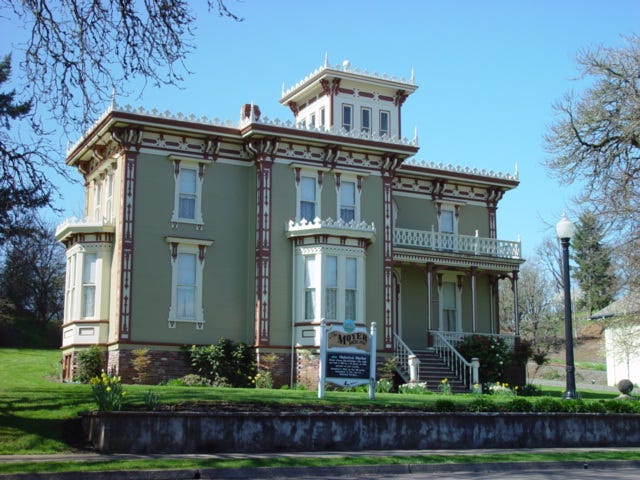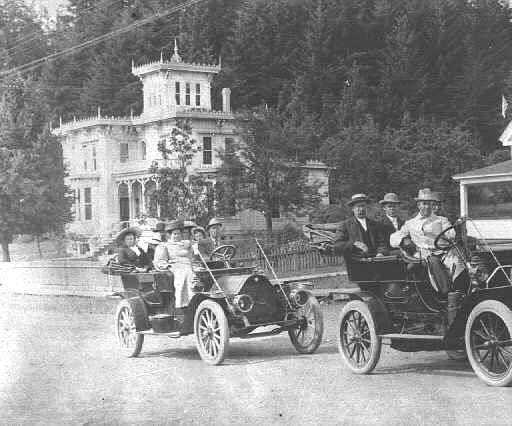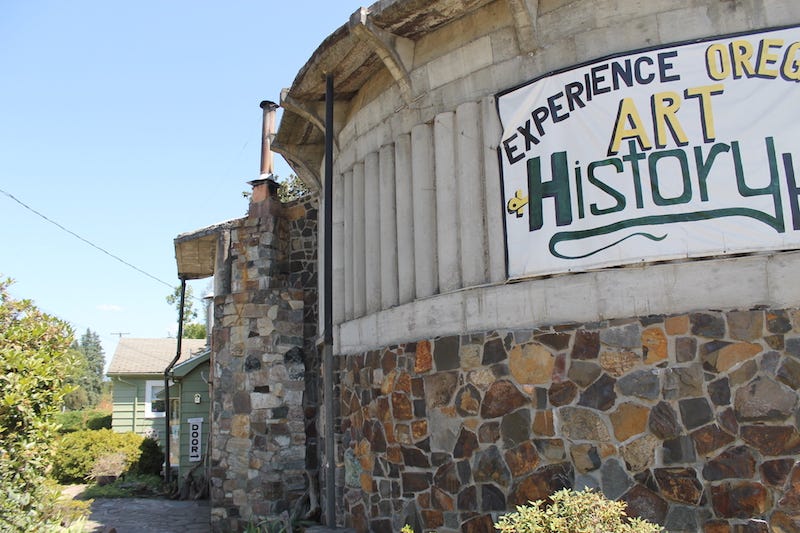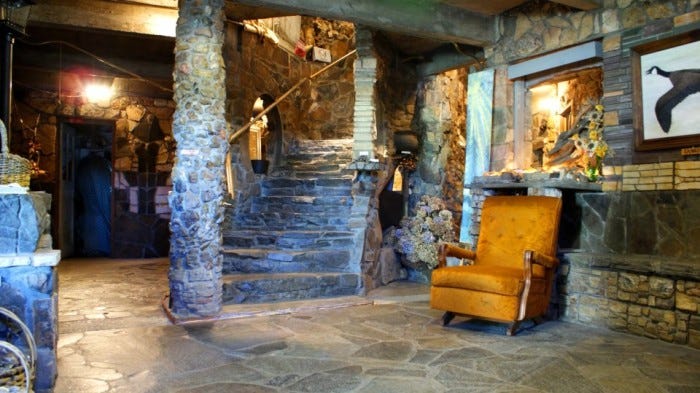Brownsville, Oregon: A Place that Lives History
Places All Over the U.S. could Learn a Thing or Two from this Unassuming Municipality
Brownsville, Oregon, a sleepy little town nestled in the rural area between Salem to its north and Eugene to its south, expresses its identity through living and celebrating its history—and the history of Oregon—year in and year out. It has preserved the home of one of the town’s most prominent figures, produces history-based celebrations every handful of months, and funds a local museum that makes institutions with more substantial means look like they really do not know what they are doing. Truly, the “Pioneer Museum” in Brownsville, Oregon is much more than the name may suggest, and Brownsville has further to offer as well.
Brownsville was founded in 1846. As the town’s official website explains, “Brownsville, one of Oregon’s early settlements, had its beginnings in 1846, when a group of families including the Kirks, Browns and Blakelys, came west on the Oregon Trail and continued south to claim land in the lush valley of the Calapooia River.”1
The town was nearly destroyed when a fire consumed three blocks in 1919 (a substantial area of the small town). In 1955, fire destroyed their then primary industry (wool) for a time, though another plant was later built. Nevertheless, the invention and popularization of synthetic materials further eroded the demand for wool over time. The town would have disappeared if the residents had not decided to do something rather novel: make Brownsville’s own history its source of identity and reason for people to visit.
Between the Pioneer Museum (also called the Linn County Museum) the Living Rock Museum (an incredible building made with local agates, crystals, and quartz), and the beautiful Moyer House (built in 1881, an Italianate Villa style home with gorgeous artwork on the ceiling, carved finials, murals above bay windows, and painted transoms), one can easily spend an entire day in this unassuming little town.
Brownsville also hosts a number of history-related events throughout the year, including Stand By Me day (the 1986 Rob Reiner film, based on a short story by Stephen King, was filmed in Brownsville in 1985), where the aesthetics and daily life of small-town America in the 1950s is highlighted. Other events include Hands-On History, where Native American and pioneer-era activities are organized, including Ox cart rides, basket-weaving, Blacksmithing, nineteenth century music and dancing, and storytelling.
Something that may be surprising to many, especially when considering how other places of a similar size (or, indeed, places quite larger) treat their own history, Brownsville does not whitewash aspects of American history that a lot of locally-based history projects tend to do. The relationship between the ongoing issue of slavery in early-to-mid nineteenth century America, westward expansion and its impact on Native Americans, and other difficult (and often ignored) matters of history are not shied away from.
That said, the history is not presented in any self-flagellating way either. Those responsible for facilitating and preserving the history presented in Brownsville clearly understand that an appreciation for the past and a respect for honoring difficult truths need not be a binary choice. This historian, for one, appreciates that the town comprehends the need to include both sentiments.
Whether you make it to one of Brownsville’s annual history-themed events, or visit on any average day, you will immediately recognize and appreciate the sense of history that is celebrated and embraced all around you.
Every place in America, from provincial municipalities to gargantuan metropolises, have something to learn from Brownsville. It is something to behold.


[James M. Masnov is a writer, historian, and lecturer. He is the author of the forthcoming book, Rights Reign Supreme: An Intellectual History of Judicial Review and the Supreme Court. His first book, History Killers and Other Essays by an Intellectual Historian, is available here.]
https://www.historicbrownsville.com/visit-brownsville-or








